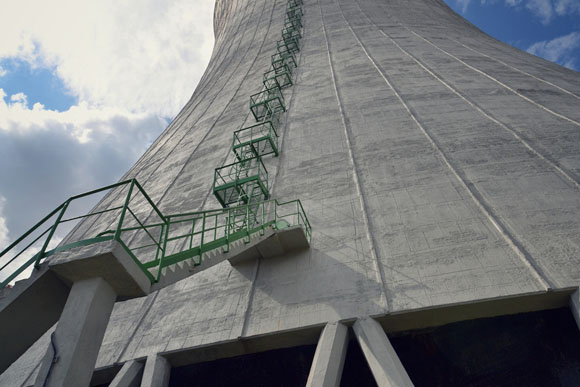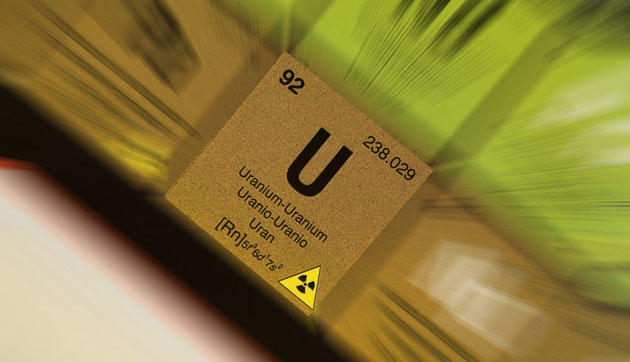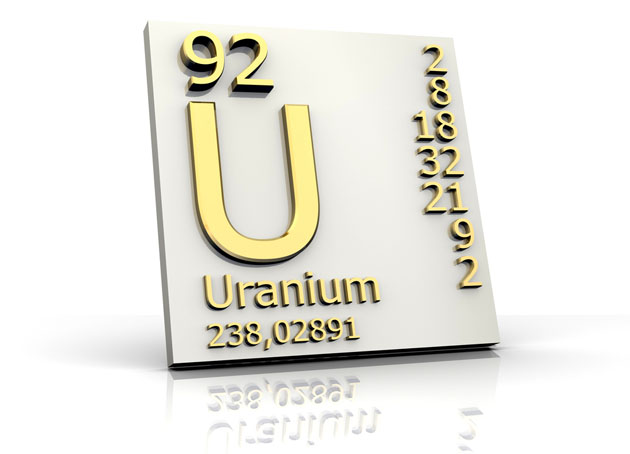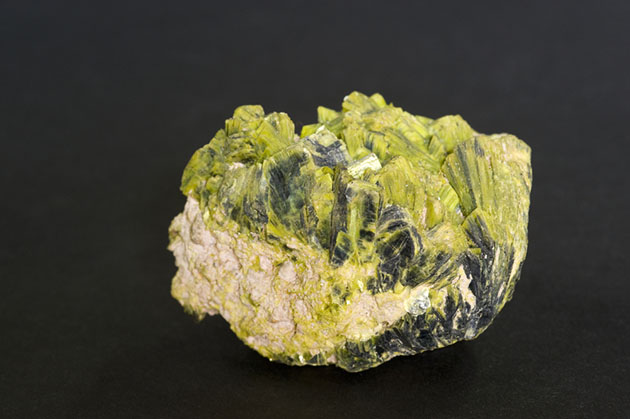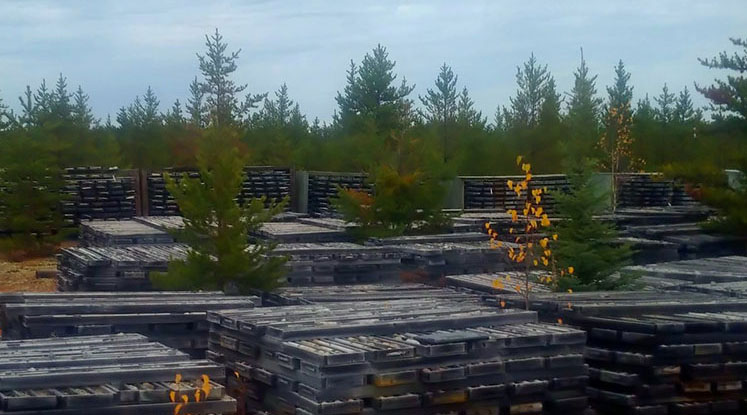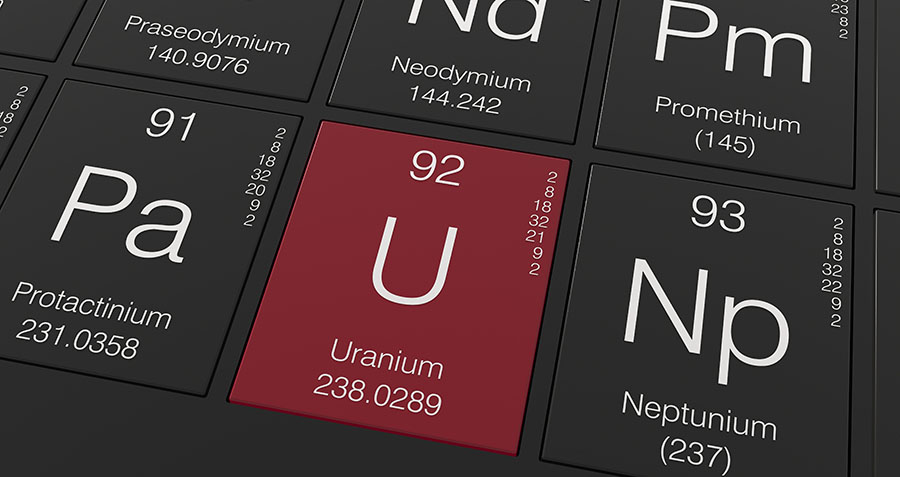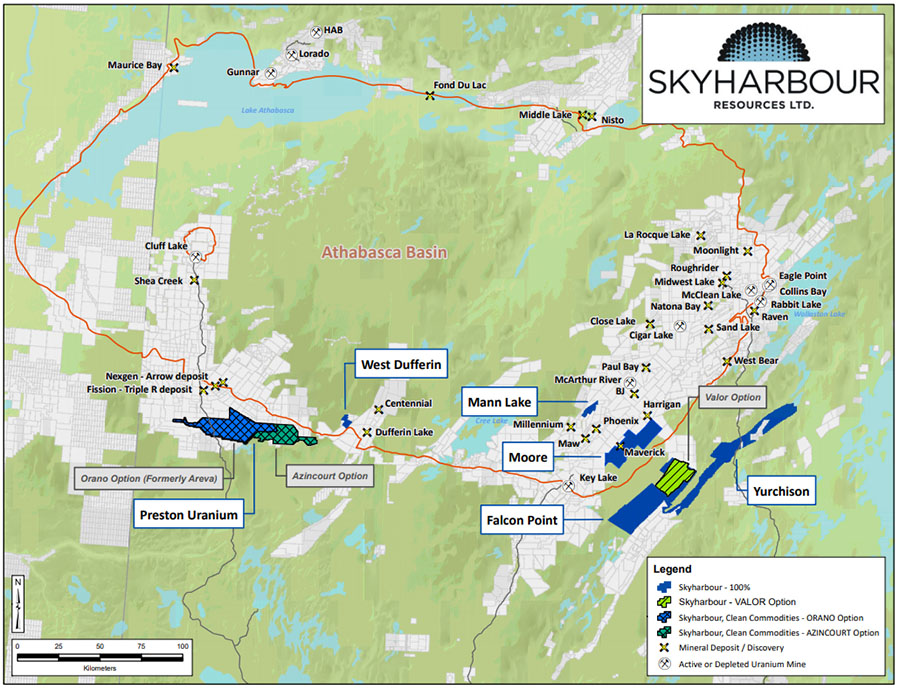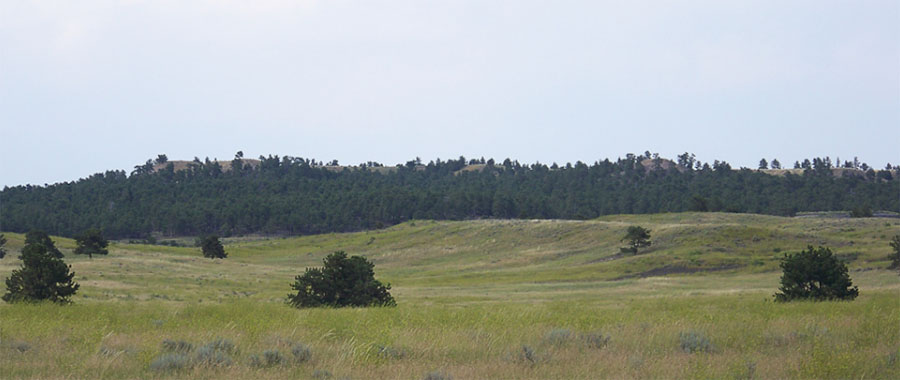Under the terms of the 1993 government-to-government nuclear non-proliferation agreement (Megatons to Megawatts program), the United States and Russia agreed to commercially implement a 20 year program to convert 500 metric tons of HEU (uranium 235 enriched to 90%) taken from Soviet era warheads, into LEU, low enriched uranium (less than 5% uranium 235).
To date 463.5 metric tons of bomb-grade HEU have been recycled into 13,345 metric tons of LEU—enough material to produce fuel to power the entire United States for about two years.
Overall, the blending down of 500 tonnes of Russian weapons HEU will result in about 15,000 (15K) tonnes of LEU over the 20-year lifespan of the program. This is equivalent to about 152K tonnes of natural U, or just over one year's global demand.
The Megatons to Megawatts Program was supplying roughly 50% of the U.S.'s LEU demand. Mining accounted for 8%, with the rest coming from other sources (rapidly depleting utility and government stockpiles).
Currently, the electricity for 1 in 10 American homes, businesses, schools and hospitals is generated by Megatons to Megawatts fuel.
The U.S. has 104 nuclear reactors operating. This is the largest fleet of nuclear reactors in the world, making the U.S. the world's largest uranium market. In 2011 the U.S. nuclear reactor fleet required 55 million pounds (Mlb) of uranium.
The mined supply of uranium in the U.S., in 2011, was about 4 Mlb.
U.S. Uranium Facts & Figures as published May 2012 in the"2011 Domestic Uranium Production Report" by the U.S. Energy Information Administration (EIA):
• Total uranium drilling in 2011 was 10,597 holes covering 6.3 million feet, 47% more holes than in 2010
• Expenditures for uranium drilling in the United States for 2011 were $54 million in 2011, an increase of 20% compared with 2010
• U.S. uranium mines produced 4.1 Mlb U3O8 in 2011, 3% less than in 2010
• Total production of U.S. uranium concentrate in 2011 was 4.0 Mlb U3O8, 6% less than in 2010
• Total shipments of uranium concentrate from U.S. mill and ISL plants were 4.0 Mlb U3O8 in 2011, 22% less than in 2010
• U.S. producers sold 2.9 Mlb U3O8 of uranium concentrate in 2011 at a weighted-average price of $52.36 per pound U3O8
World Uranium Market
According to a recent report from the International Atomic Energy Agency(IAEA) and the Organization for Economic Cooperation and Development (OECD), by the year 2035:
"World nuclear electricity generating capacity is projected togrow from 375 GWe net (at the end of 2010) to between 540 GWe net in the low demand case and 746 GWe net in the high demand case, increases of 44% and 99% respectively.
Accordingly, world annual reactor-related uranium requirements are projected to rise from 63,875 tonnes of uranium metal (tU) at the end of 2010 to between 98,000 tU and 136,000 tU by 2035. The currently defined uranium resource base is more than adequate to meet high-case requirements through 2035 and well into the foreseeable future.
Although ample resources are available, meeting projected demand will require timely investments in uranium production facilities. This is because of the long lead times (typically in the order of ten years or more in most producing countries) required to develop production facilities that can turn resources into refined uranium ready for nuclear fuel production."
Wyoming and In-Situ Recovery Mining
Wyoming has roll-front uranium deposits in its sandstones and the largest known uranium reserves of any U.S. state. There is no doubt in this author's mind the state will be a key player in supplying the fuel nuclear power plants in the U.S. need to become independent of foreign supplies.
A promining state, prolific numbers of roll-front uranium deposits, and a rising spot uranium price in a resurgent uranium bull market will all combine to make Wyoming the U.S. center for in situ recovery mining (ISR), also known as solution mining.
ISR uranium mines were the only ones that were able to continue operating economically in the US during the 1980s and 1990s when the downturn in uranium prices happened.
The in-situ recovery mining process uses a "leaching" solution to extract uranium from underground ore bodies. The leaching agent, which contains an oxidant such as oxygen with sodium bicarbonate (commonly known as baking soda), is added to the native groundwater and injected through wells into the ore body in a confined aquifer to dissolve the uranium. This solution is then pumped via other wells to the surface for processing—resulting in a cost-efficient and environmentally friendly mining process.
Advantages:
- Low Capital Costs for Mine Development
- Low Operating Costs
- Environmentally Friendly
- No Waste Rock, No Tailings Pond
- Profitable on Lower Grade Uranium Deposits
- Small Work Force (low labor costs)
Conclusion
Make no mistake: There is no shortage of uranium in the ground. What is in short supply is mined uranium.
It's obvious, that starting very soon, and continuing for at least a decade (the time needed to develop, permit and construct a uranium mine), there is going to be a significant shortfall of uranium supply. Where is the U.S., and the rest of the world, going to source its needed uranium from?
Perhaps the most relevant question for investors in the junior resource space is who is going to, in the very short term, commence production?
A looming uranium supply squeeze, and how to potentially profit from it, should be on all our radar screens. Have you got a near term uranium producer on your screen?
If not, maybe you should.
Rick) Mills
aheadoftheherd.com
Legal Notice / Disclaimer
This document is not and should not be construed as an offer to sell or the solicitation of an offer to purchase or subscribe for any investment.
Richard Mills has based this document on information obtained from sources he believes to be reliable but which has not been independently verified; Richard Mills makes no guarantee, representation or warranty and accepts no responsibility or liability as to its accuracy or completeness. Expressions of opinion are those of Richard Mills only and are subject to change without notice. Richard Mills assumes no warranty, liability or guarantee for the current relevance, correctness or completeness of any information provided within this Report and will not be held liable for the consequence of reliance upon any opinion or statement contained herein or any omission.
Furthermore, I, Richard Mills, assume no liability for any direct or indirect loss or damage or, in particular, for lost profit, which you may incur as a result of the use and existence of the information provided within this Report.
Richard Mills does not own shares of Uranerz Energy Corp. (URZ:TSX)
Uranerz Energy Corp. TSX - URZ is a paid sponsor of Richards site aheadoftheherd.com


